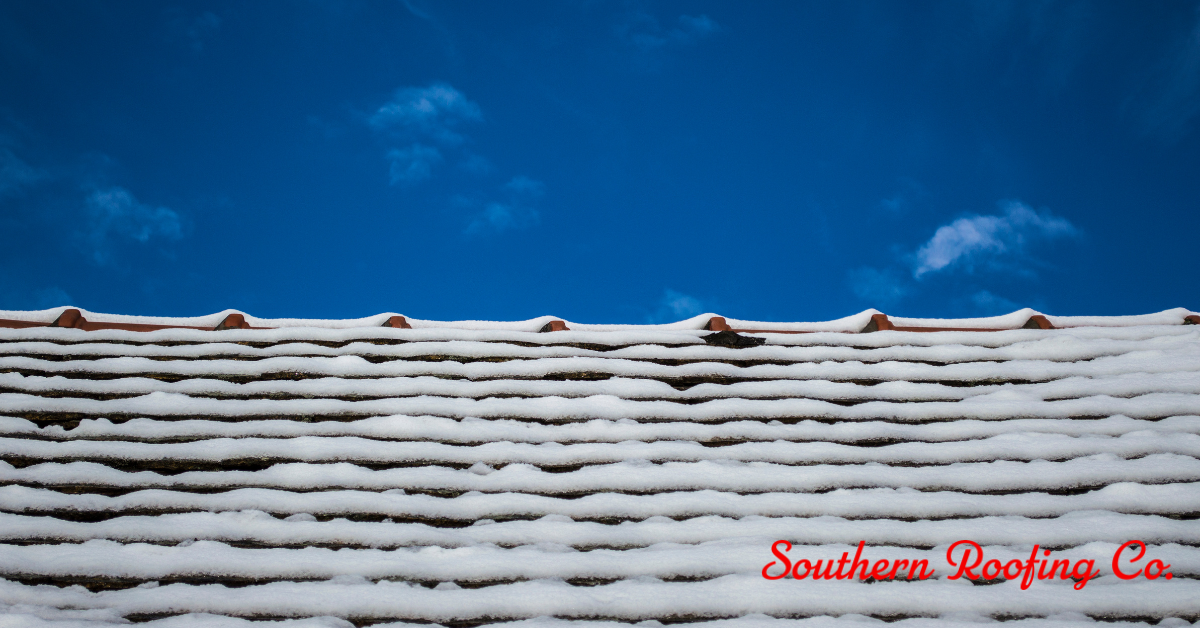
Extreme weather poses one of the greatest threats to the integrity of both commercial and residential roofs. From blistering heatwaves to icy winter storms, your roof is the first line of defense against the elements. Understanding the impact of weather and taking proactive steps for protection is crucial. This comprehensive guide will dive into how different weather conditions affect your roof and what measures you can take to ensure its longevity and durability.
1. The Sun’s Heat and UV Rays
a. Impact on Roofing Materials
• Asphalt Shingles: UV rays can cause the shingles to become brittle, leading to cracks. The heat can also cause the shingles to warp or buckle.
• Metal Roofs: Continuous exposure to heat can affect the coating on metal roofs, leading to fading and potential thermal expansion, which may loosen fasteners or joints.
b. Protection Strategies
• Cool Roofing Materials: Using materials that reflect more UV rays and emit more absorbed heat.
• Periodic Maintenance: Regular maintenance checks for signs of heat-related wear and tear, ensuring early intervention.
2. Rain and Moisture Damage
a. Impact on Roofing
• Leaks: Faulty or aged shingles, tiles, or flashing can allow water to seep through, leading to leaks.
• Rot and Mold: Trapped moisture in roofing materials or the underlying structure can cause decay, especially in wooden components.
b. Protection Strategies
• Waterproofing Measures: Implementing solutions like waterproof underlayment or sealants around vulnerable areas like vents and chimneys.
• Regular Inspections: Especially after heavy rains, to detect and fix any water intrusion issues promptly.
3. Wind Damage
a. Impact on Roofing
• Shingle Displacement: Strong winds can lift or completely dislodge shingles or tiles, exposing the underlayment or roof deck.
• Structural Strain: Extreme winds can put a strain on the entire roofing structure, leading to potential long-term damage.
b. Protection Strategies
• Proper Installation: Ensuring that roofing materials are correctly installed to withstand high winds.
• Choosing Wind-Resistant Materials: Opting for materials specifically rated for higher wind resistance.
4. Snow and Ice Challenges
a. Impact on Roofing
• Structural Stress: Heavy snow accumulation can add significant weight and stress to the roof structure, posing a risk of collapse in extreme cases.
• Ice Dams Formation: Inadequate attic insulation can lead to uneven roof surface temperatures, contributing to ice dam formation along the eaves.
b. Protection Strategies
• Adequate Insulation and Ventilation: Ensuring the attic is properly insulated and ventilated to maintain a consistent roof temperature.
• Snow Removal Plan: Implementing safe and effective snow removal strategies to prevent excessive buildup.
5. Hail Damage
a. Impact on Roofing
• Surface Damage: Hail can create dents on metal roofs, dislodge granules from asphalt shingles, and crack tiles or wood shakes.
• Potential for Leaks: Severe hail impacts can compromise the integrity of the roofing material, leading to potential leaks.
b. Protection Strategies
• Regular Post-Storm Inspections: Checking for and addressing any hail-induced damage immediately after a storm.
• Impact-Resistant Roofing Materials: Considering the installation of hail-resistant materials, especially in hail-prone areas.
Preparing for the Extreme
a. Regular Roof Inspections
These inspections should ideally be carried out by a professional roofing company at least twice a year, or after any severe weather event. Inspectors look for missing or damaged shingles, cracks, signs of water damage, and other indicators of wear and tear.
b. Timely Repairs
Even small issues, if ignored, can lead to more extensive and expensive damage, especially when extreme weather strikes. Quick repairs after identifying issues during inspections, such as replacing damaged shingles or sealing small leaks, can prevent larger problems like water damage or structural weakness.
c. Gutter Maintenance
Gutters play a critical role in roof health, especially during extreme weather. They direct water away from the roof and foundation, preventing pooling and potential damage. Gutters should be cleaned regularly to remove debris like leaves and twigs, which can cause blockages and overflow.
d. Tree Trimming
Overhanging tree limbs can pose a significant risk to your roof during extreme weather conditions. They can break and fall onto the roof, causing damage to shingles or even structural harm. Regular tree trimming reduces the risk of such damage.
Choosing the Right Roofing Company
When selecting a roofing company, especially for areas like Middle Tennessee, it's crucial to choose a contractor with local expertise and a comprehensive range of services. Look for a company with a strong track record, known for using high-quality materials and offering a full spectrum of roofing services, from maintenance to full replacements. Their familiarity with the region's specific weather challenges ensures your roof is well-prepared to withstand extreme conditions.
Ready to safeguard your roof against extreme weather? Reach out to us, your trusted local roofing experts, and let's ensure your roof is prepared for whatever the weather brings!

